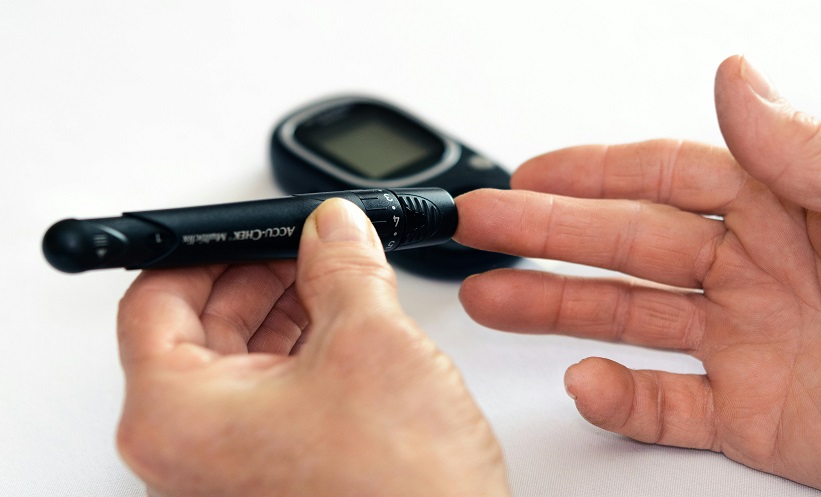TYPE 2 diabetes (T2D) and hypertension (HTN) are significant contributors to the development of chronic kidney disease (CKD). Both conditions have been linked to glomerulomegaly and podocyte loss, which play a crucial role in kidney dysfunction. A recent study aimed to examine morphometric changes in patients with HTN, both with and without T2D, to determine the extent of these changes in relation to kidney damage. A key finding of the study was that coexisting T2D did not significantly enhance the glomerular or podocyte changes observed in hypertensive patients.
A retrospective analysis was performed on 99 patients who underwent nephrectomy for tumour removal. The patients were divided into three groups: those with HTN (n=47), those with both HTN and T2D (HTN+T2D) (n=32), and controls without either condition (n=20). Statistical comparisons were made using ANOVA, with linear regression models applied to determine the influence of morphometric parameters on renal compensation following nephrectomy.
The results showed that 36% of patients with HTN and 50% of those with T2D presented with dipstick-positive proteinuria. There were no significant differences in glomerular volume between patients with HTN and those with both HTN and T2D when compared to controls. However, podocyte density was significantly lower in the HTN+T2D group compared to controls (217±66 per 106 µm³ vs 279±75; p=0.02), and the HTN group (233±87 per 106 µm³), though no significant differences were observed between the HTN+T2D group and the HTN group. Additionally, podocyte nuclear volume was larger in the HTN+T2D group (230±28 µm³) and the HTN group (221±33 µm³) compared to the control group (201±32 µm³). Similarly, no significant differences were seen between the HTN+T2D group and the HTN group. Overall, increased glomerular volume, reduced podocyte density, and increased podocyte nuclear size were all associated with impaired renal compensation after nephrectomy.
This study highlights that both HTN and T2D contribute to alterations in kidney morphology, but the presence of T2D did not result in additional glomerular or podocyte changes beyond those seen in HTN alone. These findings have important clinical implications, suggesting that management of hypertension alone may be sufficient in preventing the most significant kidney structural changes, although close monitoring is needed for patients with both conditions. Future studies could aim to validate these results by investigating broader groups of those with T2D and/or HTN, not just nephrectomy patients.
Reference
Paschen C et al. Association of Podometrics Findings in Patients With Hypertension and Type 2 Diabetes: A Retrospective Analysis. Hypertension. 2025;DOI: 10.1161/HYPERTENSIONAHA.124.24379.







